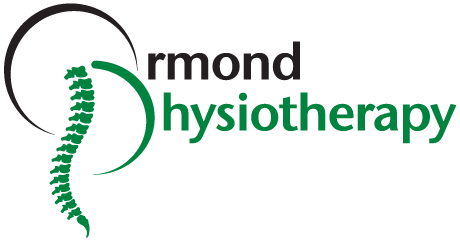Anatomy
The Achilles tendon is a combined tendon of the soleus and gastrocnemius, which with activity can cause localised pain on the back of your heel (insertional tendinopathy) or 2-6cm above the heel insertion (mid portion tendinopathy).
Symptoms
· Morning pain and stiffness
· Pain and or thickening localised to the Achilles region
· Reduced walking, running or jumping tolerance
Risk factors
· Overload/overuse
· Inappropriate recovery and or footwear
· Tight and or weak calves
· Weight and age
Why does it happen?
Despite being the thickest and strongest tendon in the body, the Achilles tendon is prone to injury primarily as a result of inappropriate load. The Achilles tendon is likely to become symptomatic as a result of increased training volume, intensity, change of terrain or distance.
When you start to experience symptoms the Achilles tendon is simply letting you know it can no longer keep up with load it is being placed under. The stage of tendon pathology is directly correlated to your time spent on the sidelines, which is why it is so important to come in early and get an assessment from one of our experienced Ormond Physiotherapists.
How can I fix it?
At Ormond Physiotherapy our experienced Physiotherapists can complete a thorough assessment to identify the ‘type’ of Achilles tendinopathy and the ‘stage’ of tendon pathology. The correct diagnosis is crucial in ensuring a tailored rehabilitation specific for your injury, allowing the fastest recovery possible.
It’s time to get that niggly Achilles sorted!
Call Ormond Physiotherapy on 9578 6588 or book online at ormondphysiotherapy.com.au.

